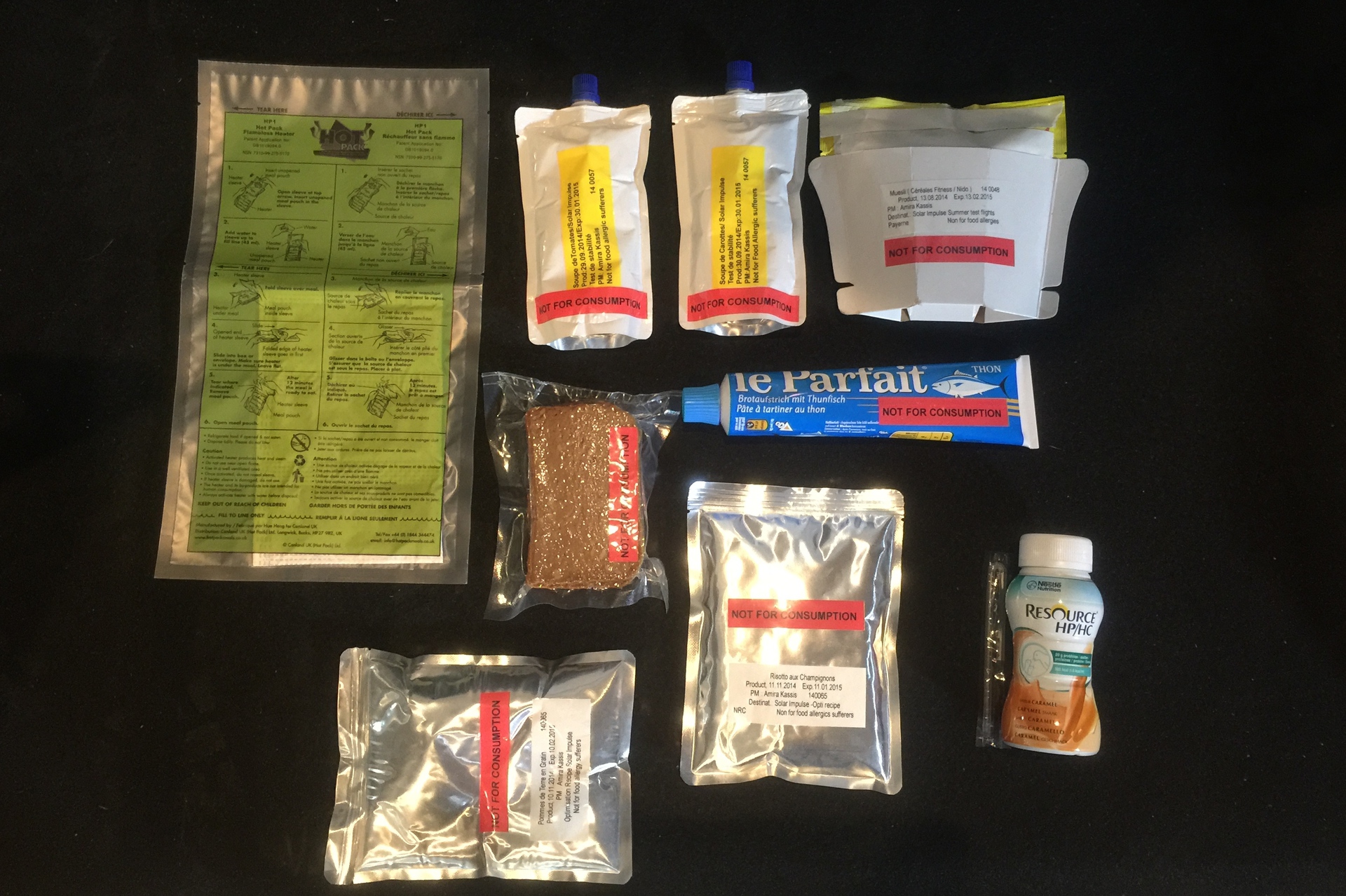Solar Impulse completed the world tour

Solar impulse
Round-the-world journey of the “solar plane” Solar Impulse 2 was completed with success. Two hours ago, the aircraft sat in Abu Dhabi , the city from which began the Around the World. Since March 2015, the plane traveled 42 thousand kilometers, flew over two oceans and three seas. Its solar panels generated 11,000 kWh of electricity. During the flight, Solar Impulse 2 set 19 world records.
Let's remember what happened with the project this year.
The Solar Impulse manned aircraft made its first flight on April 7, 2010 in Switzerland. The half-ton apparatus with a wingspan of 63.5 meters was in the sky for two hours, four of its electric engines used solar energy from twelve thousand solar panels on the wings. The following year, the plane flew from Switzerland to Belgium for thirteen hours, making its first international journey . In 2013, the solar plane completed its flight across the continental US, breaking five thousand kilometers with several landings.
')
Already published montage video landing in Abu Dhabi.
The plane set new records, but this was not enough for designers and pilots: they collected Solar Impulse 2, increasing wingspan to 72 meters, weight up to 2.3 tons, number of solar batteries up to 17,248 and speed from 50 to 140 km / h . That this plane had to make a world tour .
The new version of the aircraft successfully completed its first flight in June 2014. In the process of preparing for the world tour, the project representatives answered questions from Hiktaimes readers, describing the flight schedule, the “tricks” of the gliders used by the aircraft, the pilots’s schedule, technical characteristics and other important facts.
On January 9, 2015, Solar Impulse 2 was dismantled in Switzerland into several parts and delivered to Abu Dhabi with the help of a Boeing 747. This city became the starting point for a journey of seventeen flights full of adventures and dangers.
On January 20, 2015, the Solar Impulse team published a round-the-world travel route . He was planning to start on March 1. The journey should have taken from 4 to 6 months, of which the plane should have spent 25 days in the air and covered a distance of 35,000 kilometers. The route was highly dependent on weather conditions and the geopolitical situation in some regions. The weather and the technical condition of the aircraft were closely monitored by the Flight Control Center in Monaco, where the specialists recalculated all the parameters of the trip twice a day.


The journey began on March 9, 2015 . The moment of truth for the whole team was a five-day flight across the Pacific Ocean to a distance of 8,000 kilometers from Chinese Nanjing to American Hawaii. The window for this flight was waiting for a few weeks. Unfortunately, the flight was not made from the first attempt - the plane made an emergency landing in the Japanese city of Nagoya. Already in Hawaii, due to a battery failure, the plane was delayed for several months - until the spring of 2016.
The second leg of the trip across the Pacific Ocean ended on April 23, 2016, when the plane landed on the San Francisco Bay . There he was met by Sergey Brin.
Bertrand Picard, the third-generation Swiss psychiatrist and aeronaut, and Andre Borschberg, military pilot, flew the plane in turns. While one of the pilots was at the helm, the second got to the place of the next landing of the aircraft by another way.
Pilots had to work in very difficult conditions. The volume of the unheated cockpit was 3.8 cubic meters - a little more than a telephone booth. Sleep in such conditions was difficult. Yoga and self-hypnosis came to help, allowing you to quickly enter the deep sleep phase - so the pilot slept several times a day for 15-20 minutes.
But the food is 11 meals a day, with one hot meal, specially developed for the project by eight scientists from Nestle. Bottled water and Nescafe coffee are included in the lunch packs. The weight of food per day was 1.8 kilograms, energy - 3.5 thousand calories. At the same time, the weight of the entire cargo that the pilot takes on board, including oxygen cylinders, should not exceed 30 kilograms.



The team prepared a 360-degree video from the cockpit and out of it on the flight Seville - Cairo, the penultimate stage of the journey, for those who want to get a little insight into the flight on Solar Impulse.
On July 24, 2016, an airplane operated by Bertrand Picard flew from Cairo airport to complete the last, seventeenth flight as part of a round-the-world voyage and board the airport at Abu Dhabi, where this journey began. July 26 aircraft successfully landed.

The Solar Impulse project is designed to encourage developers in various fields to use alternative green energy. It once seemed impossible to take off heavier than air — but the Wright brothers proved the opposite. Just a few years ago, it seemed to be nonsense that the plane could fly without a single drop of fuel - and Solar Impulse 2 proved to everyone that it was possible not only to take to the air, but also to make a round-the-world journey in several stages, the longest of which took five days of uninterrupted flight. In his speech at the Open Innovations Forum in October 2014, Bertrand Picard said: “Yuri Gagarin made his flight when everyone thought this was impossible. Let's achieve impossible goals together! ”
Source: https://habr.com/ru/post/396407/
All Articles